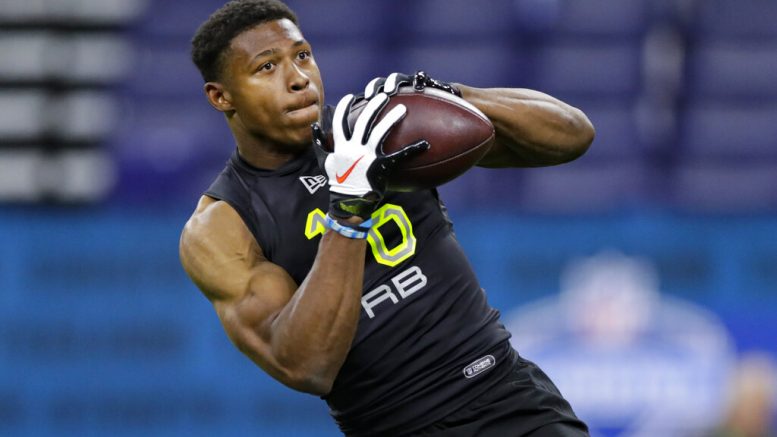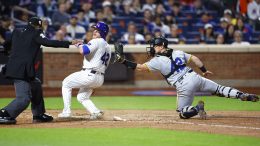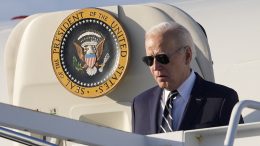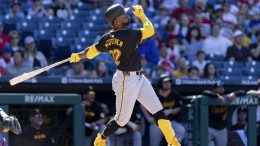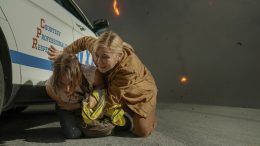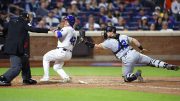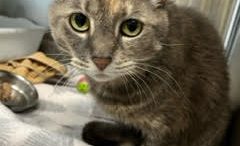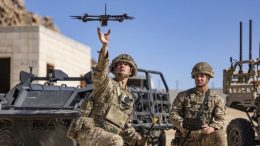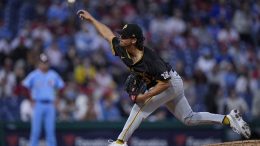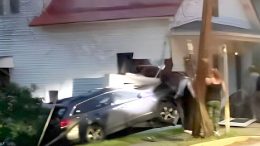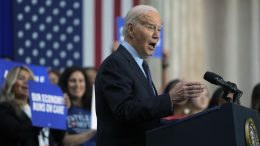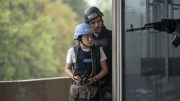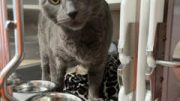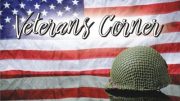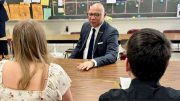The Associated Press
UCLA running back Joshua Kelley was looking forward to visiting various NFL teams, checking out their facilities and meeting coaches before the COVID-19 pandemic changed the pre-draft process.
“I think that would’ve been really dope because I’ve been a fan of the NFL for so long and to get a chance to actually be in a facility and see what goes on would’ve been really cool,” Kelley said.
Instead, because the NFL on March 13 barred all in-person pre-draft visits, Kelley and other prospects had to do “virtual” visits with teams. Their conversations with coaching staffs took place on video conferencing technology like Skype, Zoom and FaceTime.
On the positive side, the absence of visits gave players more time to work out.
“You take calls from coaches and then you have the rest of the day to train,” Kelley said. “You’re not flying on a plane. You’re not in hotels. It’s an extremely different process right now.”
Of course, training schedules had to be drastically altered because players can’t go to gyms or use their school’s facilities. Kelley’s agent, Molly McManimie, said she had to scramble to find 50-pound dumbbells for her client to use at home.
“You get super creative,” McManimie said. “That’s where your grit and determination comes in. Bottom line is, this is a good example of how you’re going to face adversity. There’s going to be things in your career that aren’t perfect. But if you want it bad enough, you’ll make it work.”
Some players have more access to equipment. Some have less. Space at home can be an issue, depending on where they’re living.
“What we’ve been able to do is create a couple of different programs and send them directly,” said Brent Callaway, pro sports director at Exos in Dallas.
Going outside has been the biggest challenge for players.
“Athletes who are trying to go to local high school field are being told that they can’t go out in that field or have someone come up and run them off that field,” Callaway said. “If there’s a place nearby, they’ve tried it, whether it’s a local park where they’ve shown up and found it locked up. We’ve heard of guys literally working out in fields. Some of them are working out in their homes or in their yards or in the street, running in the street.”
Boston College running back A.J. Dillon said he misses the weight room and working with trainers in person. He’s doing sit-ups and push-ups at home and running.
“This is my only draft, so this is my normal,” Dillon said. “I’m making the most of it, everybody is. Obviously the biggest difference is the visits, the team meetings. I’ve done a bunch on Zoom.”
Tulane wide receiver Darnell Mooney said he runs four miles a day with his dog and works out at home. He goes outside to do positional drills.
“It’s not a big thing for me because I’m always in the house,” said Mooney, who ran a 4.38-second, 40-yard dash at the combine.
While this crop of prospects doesn’t know what a typical pre-draft process looks like, teams have had to make many adjustments from their normal routine. New York Giants general manager Dave Gettleman said the ability to chat with players on video is “pretty beneficial” because “you can see the guys.”
“I’m a city kid and a big believer in body language and all this and that,” Gettleman said. “It’s not great, it’s not perfect, it’s OK. For me, what we miss is watching them interact, watching them in your facility. By not having pro days, you also miss that personal contact. Watching guys among their peers and how they operate, how they’re received. That tells a lot when you just watch a kid in those circumstances.
“Obviously, when we would go to workouts, a lot of times the night before, our coach and scout that would be at the pro day would take one, two or three of the players out to dinner and have some conversation that way. We have the visual touchpoint, but we’re really missing out on the personal touchpoint, when you can smell or feel a guy.”
Baltimore Ravens GM Eric DeCosta said one of the biggest challenges with lack of visits is assessing injured players.
“We’ve had to really work with our training staff and with the college training staffs to get as much updated information as possible,” DeCosta said.
Agents are helping players post videos on social media because they missed out on pro days. It’s especially important for prospects who weren’t invited to the combine.
Isiah Perkins, a cornerback from University of New Hampshire, posted a “virtual” pro day. He ran a 4.47 40 and had impressive numbers overall.
“I wish I could have ran those times in front of the scouts,” he said.
Kelley ran a 4.49 40 at the combine, but still posted a video doing drills last week.
“It shows he’s still working, he’s staying in good shape,” McManimie said.
Agent Andre Odom said “communication is paramount” during this unique pre-draft period.
“One of the things we’ve done is stay in direct contact with teams, making sure we help to streamline the virtual process as best as possible,” Odom said.
Leigh Steinberg, who represents potential top-15 picks in Alabama’s Tua Tagovailoa and Jerry Jeudy, remembers a much simpler time in 1975 when he represented No. 1 overall pick Steve Bartkowski.
“They had game film and All-Star games. No combine, no pro days, no passing days, no visits to teams or visits to campuses,” Steinberg said. “The reality is these players have been scouted. The truth of the matter is the best predictor of future success is past success, so it’s game film. They have enough information to have scouted successfully. I think when we look down the road in five years, the picks will be as productive and the same percentage of mistakes will have been made.”

